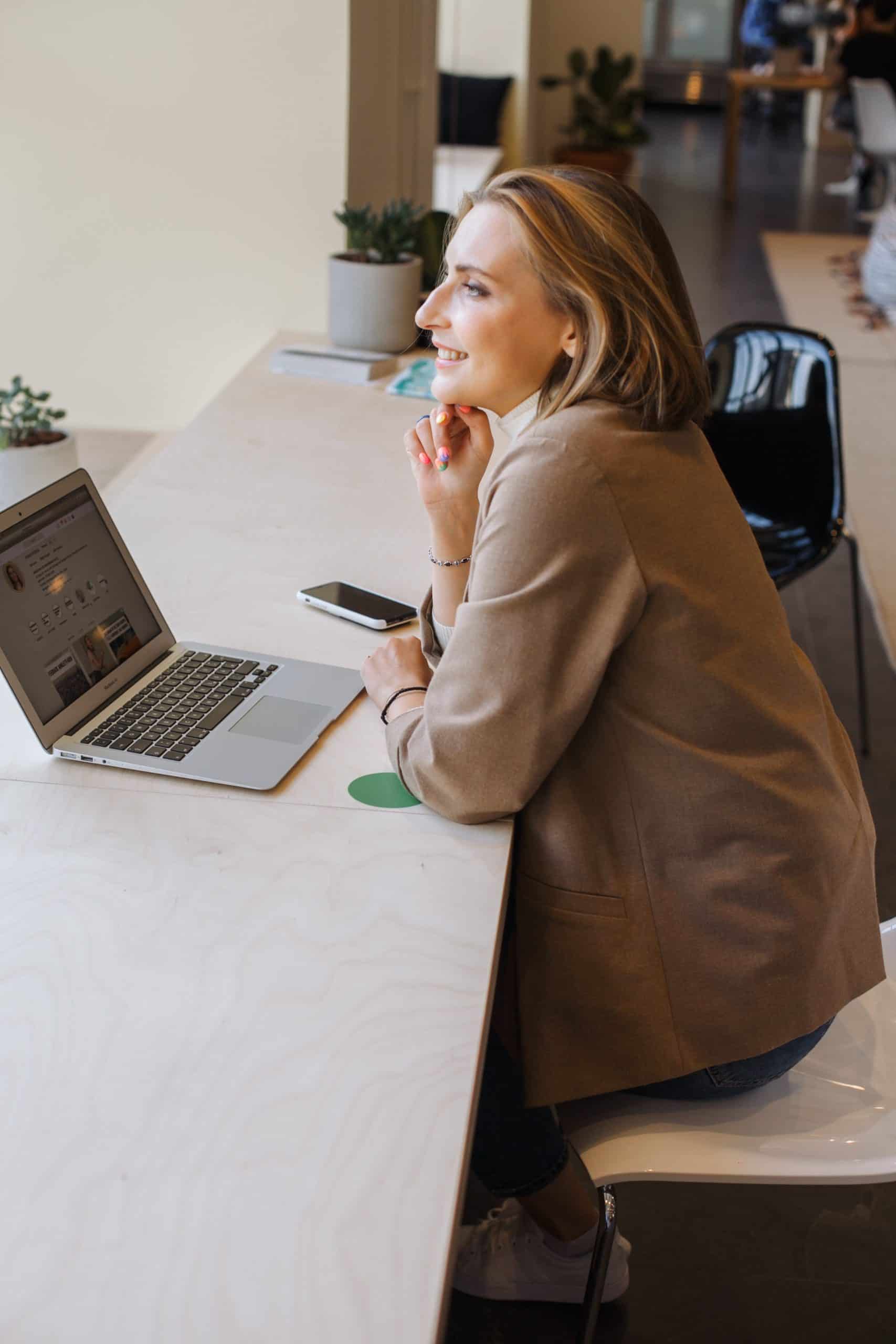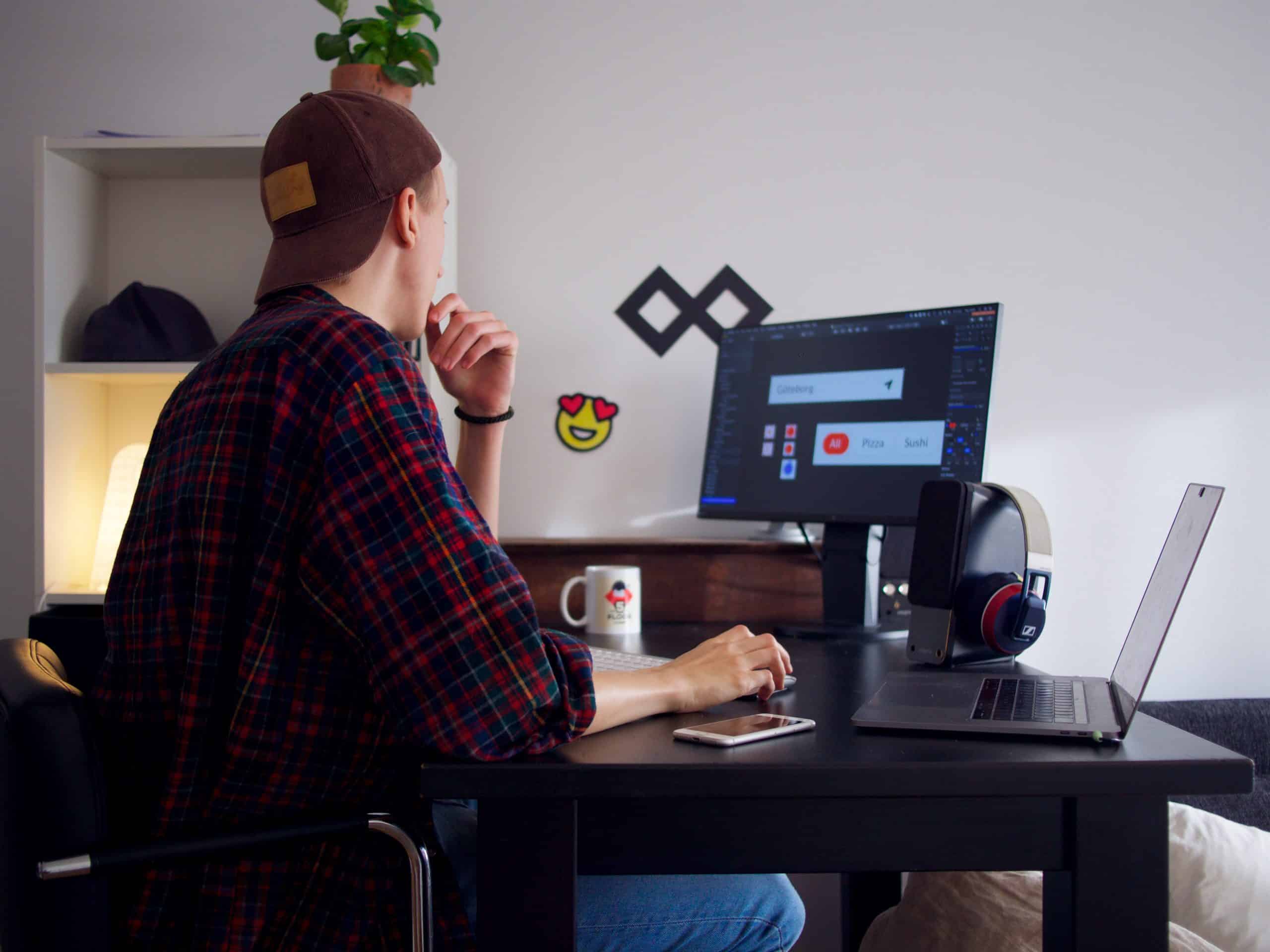Artificial Intelligence (AI) has permeated various aspects of our lives, including the world of art. While some may view AI as a threat to traditional artistic practices, many artists have embraced AI tools as powerful resources to enhance their creativity and push the boundaries of their craft. From generating new ideas to refining techniques and augmenting artistic expression, AI offers a myriad of possibilities for artists across different disciplines. In this article, we’ll explore how artists can harness AI tools to elevate their work and unlock new realms of creativity.

1. Generating Ideas and Inspiration
One of the ways artists can use AI tools is to generate ideas and find inspiration for their work. AI algorithms can analyze vast amounts of data, including images, texts, and music, to identify patterns, trends, and themes that may spark creativity. For example, tools like DeepArt and DeepDream use neural networks to transform images into surreal and abstract compositions, providing artists with fresh perspectives and ideas for their own work. By leveraging AI-generated content as a source of inspiration, artists can explore new directions and expand their creative horizons.
2. Enhancing Traditional Techniques
AI tools can also enhance traditional artistic techniques by providing artists with new tools and capabilities to refine their craft. For instance, AI-powered image editing software such as Adobe Photoshop and Affinity Photo offer advanced features like content-aware fill, intelligent resizing, and automated image enhancement, enabling artists to manipulate images with greater precision and efficiency. Similarly, AI-driven music composition tools like Amper Music and AIVA can generate complex musical compositions based on input parameters, allowing composers to experiment with new melodies, harmonies, and arrangements. Additionally, AI search engines like HIX AI enable artists to efficiently gather the latest information pertinent to their work. By incorporating AI tools into their workflow, artists can streamline their processes, achieve better results, and push the boundaries of their artistic practice.
3. Experimenting with Style Transfer and Augmented Reality
Style transfer, a technique pioneered by AI researchers, allows artists to apply the visual style of one image to another, creating unique and striking compositions. Tools like NeuralStyle and Artbreeder use deep learning algorithms to analyze the style and content of images and apply them to other images, resulting in surreal and visually captivating artworks. Additionally, augmented reality (AR) platforms such as Google’s ARCore and Apple’s ARKit enable artists to overlay digital artwork onto the physical world, blurring the boundaries between the virtual and the real. By harnessing the power of style transfer and AR, artists can create immersive and interactive experiences that engage audiences in new and exciting ways.

4. Exploring Generative Art and Creative AI
Generative art, a genre of art that relies on autonomous systems and algorithms to produce artwork, has gained traction in recent years thanks to advancements in AI technology. Platforms like RunwayML and OpenAI’s DALL-E enable artists to create generative art using machine learning models trained on vast datasets of images, texts, and other media. These AI-driven systems can generate endless variations of artworks, ranging from abstract paintings to surreal landscapes, offering artists a playground for experimentation and exploration. Moreover, creative AI platforms like DeepArt and ArtBreeder allow artists to collaborate with AI algorithms to co-create artworks, blurring the lines between human creativity and artificial intelligence.
5. Engaging with AI Ethics and Bias
While AI tools offer unprecedented opportunities for artistic expression, they also raise important ethical considerations and challenges. Artists must be mindful of the biases inherent in AI algorithms, which can perpetuate stereotypes, reinforce inequalities, and distort representations of race, gender, and identity. Additionally, artists should consider the ethical implications of using AI-generated content, such as copyright infringement, intellectual property rights, and attribution. By engaging with AI ethics and bias, artists can ensure that their work is ethical, inclusive, and respectful of diverse perspectives and experiences.
In conclusion, AI tools offer artists a wealth of opportunities to enhance their creativity, refine their techniques, and explore new frontiers of artistic expression. From generating ideas and inspiration to experimenting with style transfer and augmented reality, AI has the potential to revolutionize the way artists create and engage with their work. However, artists must also be mindful of the ethical considerations and challenges associated with AI technology, including bias, representation, and intellectual property rights. By embracing AI tools with intentionality and critical awareness, artists can harness the power of AI to elevate their artistry and inspire audiences in profound and meaningful ways.